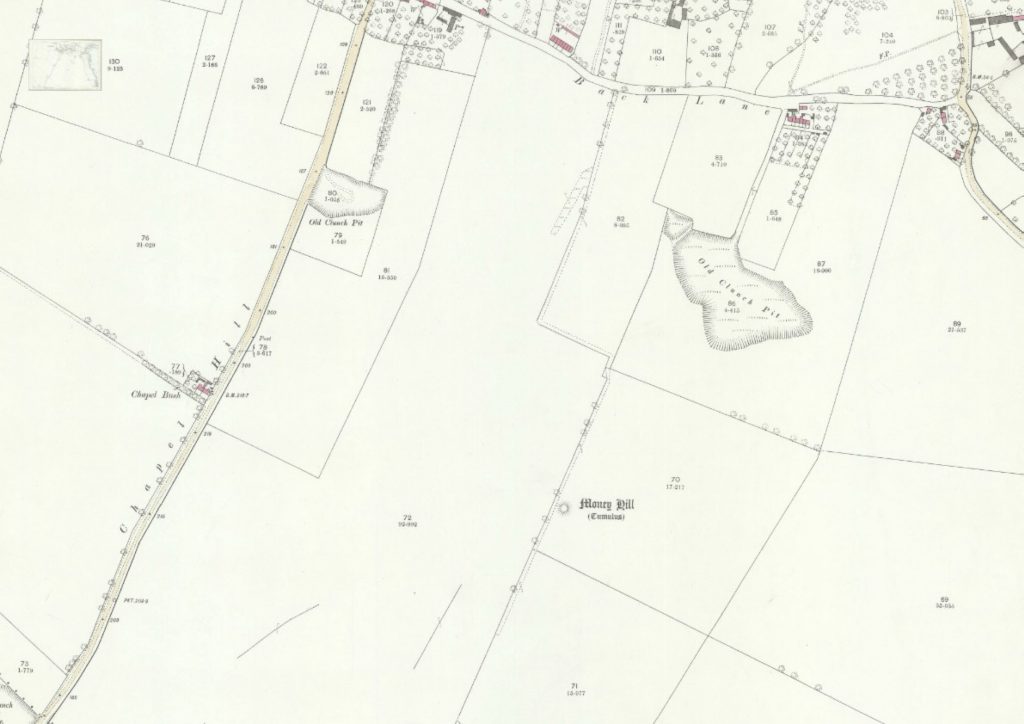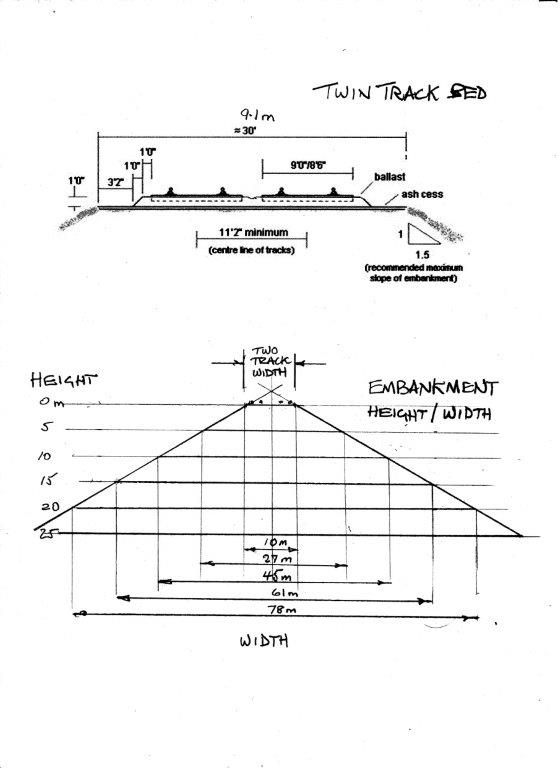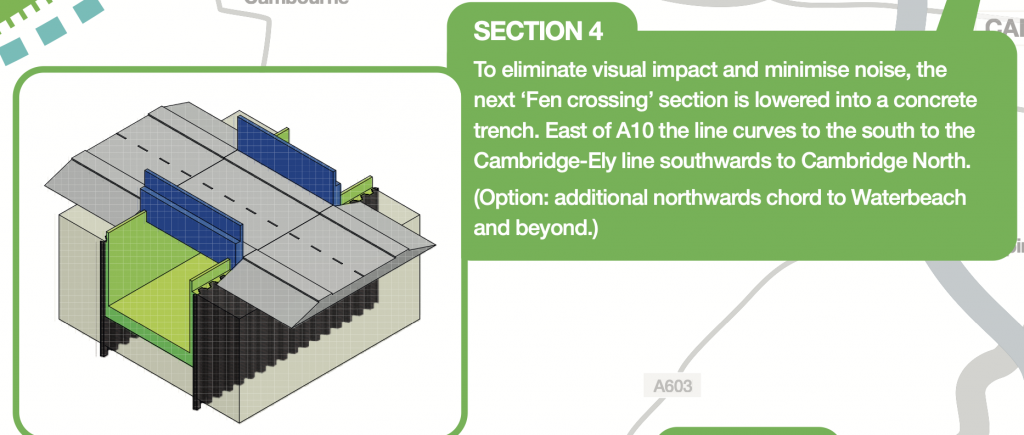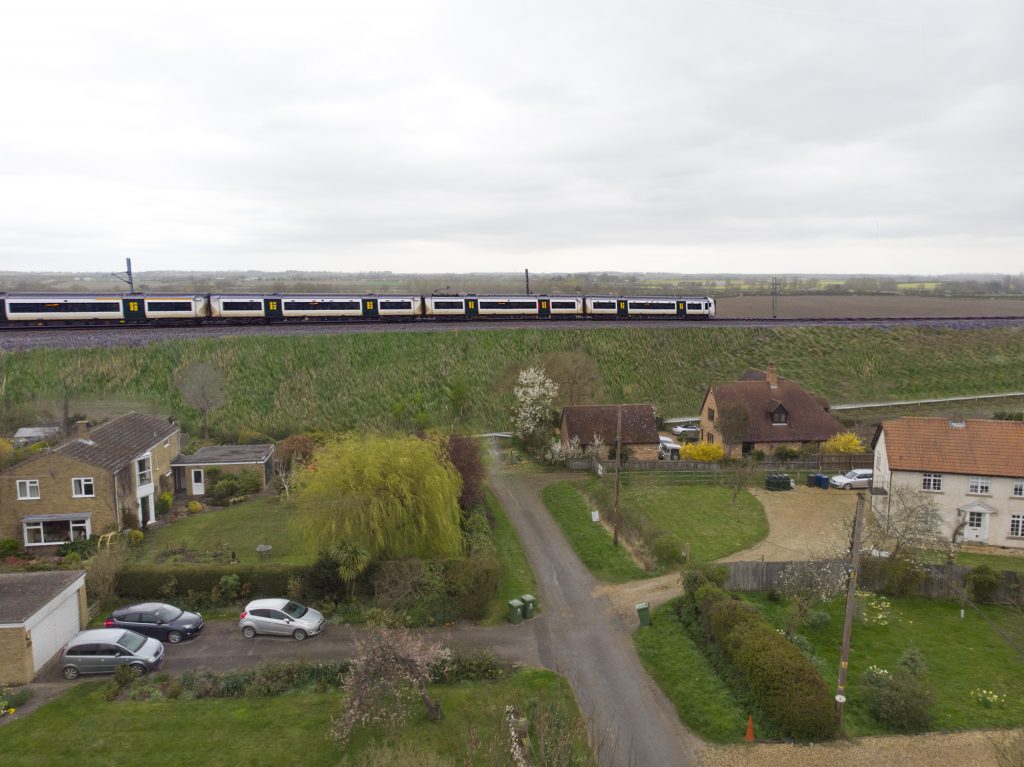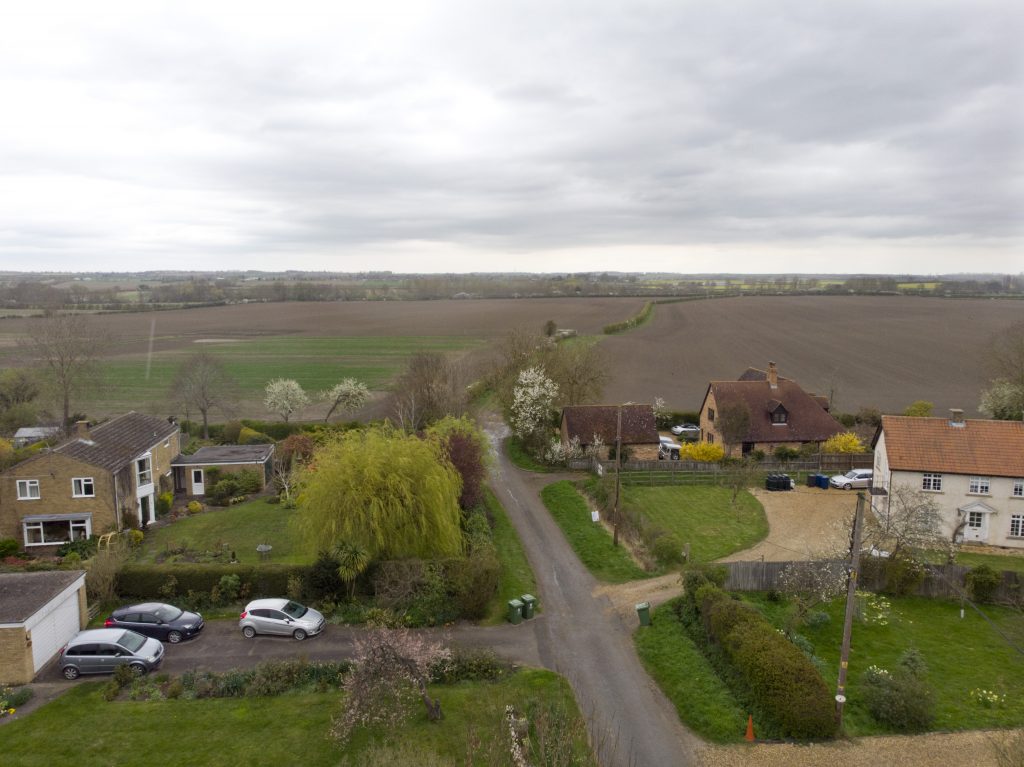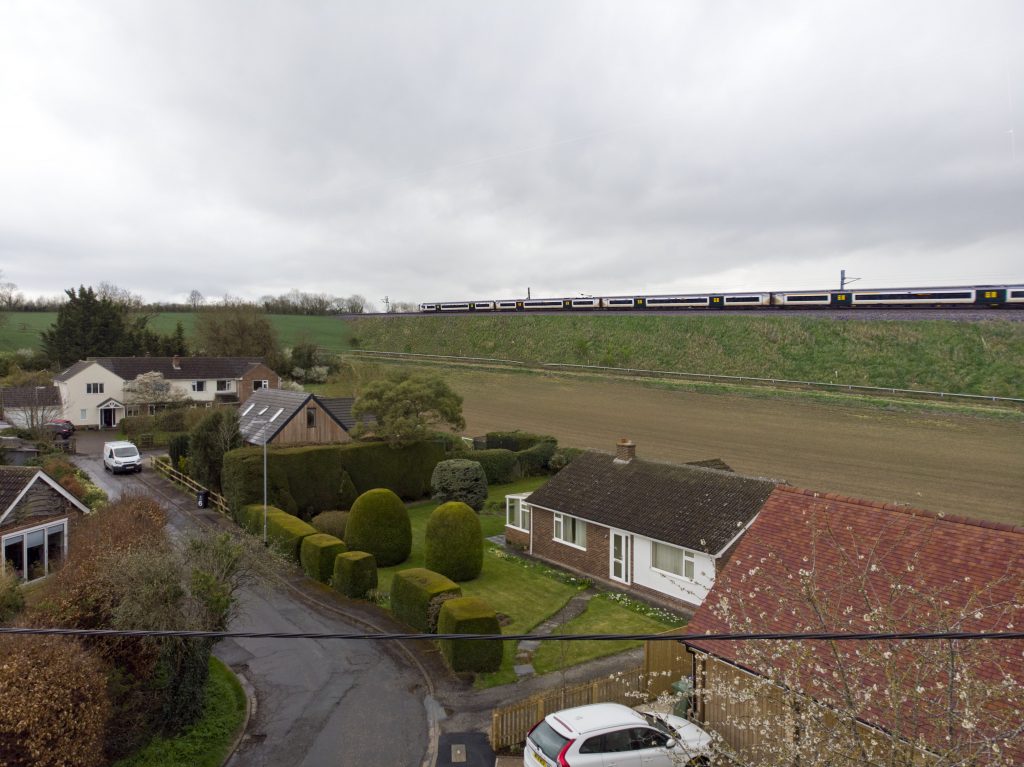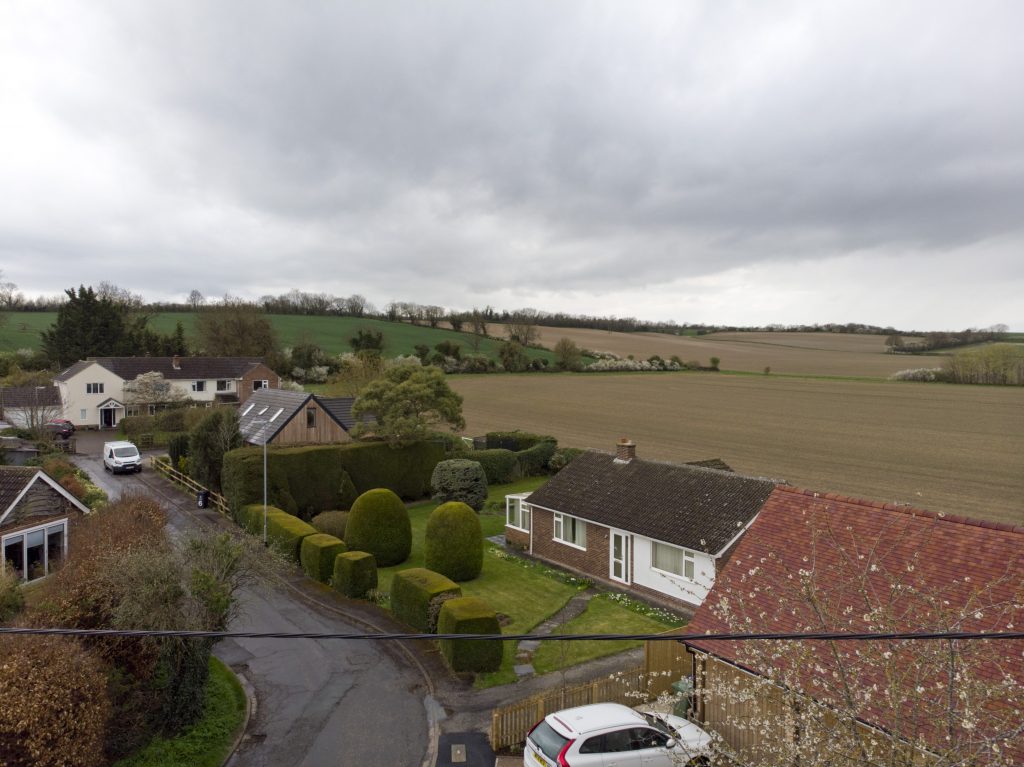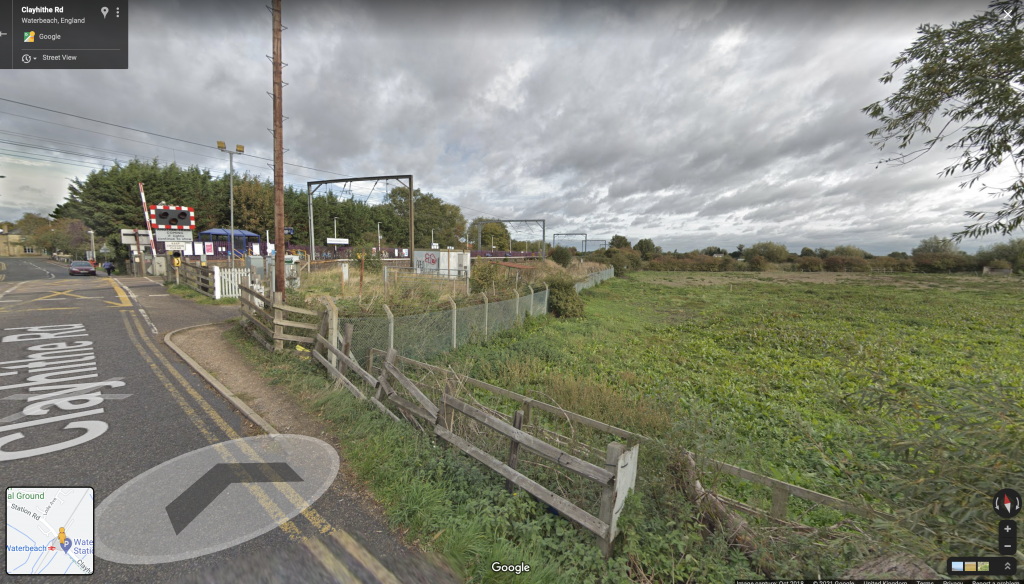
Background: Encounters with a Boondoggle
During the 2021 consultation, Cambridge Approaches requested some more information from EWR Co. to inform our response. Despite considerable efforts from EWR Co. and ourselves, previous experience with trying to get useful answers from EWR Co. led us to try instead getting legal help from lawyers Leigh Day in drafting the key information requests. Around the time that the consultation closed, all our requests were refused. EWR Co. said that the requests were “vexatious” and “manifestly unreasonable” and that the public interest lay in refusal. They reached this conclusion not just by reviewing the actual requests, but looking at the correspondence that they had received from Cambridge Approaches and anybody they judged might have been in contact with us over the previous year or so. They also looked at minutes of parish council meetings discussing the EWR. It seemed anything but focussing on the information we had actually asked for. We appealed the decision after the consultation had closed because we felt that this information was still important and to give EWR Co. a chance to review their decision when they were not in the middle of the consultation. Unfortunately, their internal review response was very similar to the first one. We have referred the matter to the Information Commissioner’s Office who have undertaken to review it. There is six month long queue at the ICO. Sadly it seems our experience with this process is not unusual.
I have copied the information that we requested in the letter drafted by Leigh Day below. What do you think? Are they manifestly unreasonable? Are they vexatious? Or were we just trying to understand the underlying information behind the options they had considered for the railway’s approach to Cambridge? I was there and can tell you that our intention was the latter. On our side we hope to resume a more constructive dialog with EWR Co.
Our Outstanding Requests for Information from May 2021
Request 1: EWR is asked to provide the information constituting the “high-level environmental appraisal” of the nine Route Alignment Options and the proposed northern approach
Request 2: Insofar as it is not covered by request 1, EWR is asked to provide the information upon which it relies in concluding that it is “confident” that the detailed design can mitigate any impacts on the Wimpole and Eversden Woods SAC. Such information is to include the impacts identified and the mitigations considered.
Request 3: EWR is asked to provide the information constituting the “operational analysis” on which it relies in concluding that the northern approach proposed in appendix F of the Second Consultation Document would require the provision of a four-track railway in section NA2.
Request 4: EWR is asked to provide the information upon which it relies in concluding that the Shepreth Branch Royston Line could remain as a twin track railway from the new Hauxton Junction to the Shepreth Branch Junction.
Request 5: EWR is asked to provide the information on which it relies in concluding that no “significant alterations” will be needed to the bridge where the Shepreth Branch Royston Line crosses under the A1301. Such information is to extend (insofar as it has been considered) to both a two and four-track approach to the Shepreth Branch Line and to the grade-separated junction that EWR considers may be needed at Shepreth Branch Junction
Request 6: EWR is asked to provide the information it holds in respect of any assessment of the number of properties that would need to be demolished if the portion of the Shepreth Branch Royston Line from the Hauxton Junction to the Shepreth Branch Junction were to require works to increase the number of tracks
Request 7: EWR is asked to provide any non-public information provided to it by Network Rail or other organisations, or any assessment it has itself undertaken, which leads to the conclusion that there may be demand by 2043/2044 for around 24 freight trains per day on the line between Bedford and Cambridge. Such information is to include any quantification of the current freight use of the Shepreth Branch Royston Line and the West Anglia Main Line.
Request 8: EWR is asked to explain the need in principle for the viaducts, cuttings, and embankments between Cambourne and Hauxton Junction on the southern approach
Request 9: EWR is asked to provide any engineering long section drawings which it has produced to assess the northern approach. If no such drawings exist, EWR is asked to provide (a) the length of viaduct; (b) length in cutting; and, (c) length on embankment of its proposed northern approach.
Request 10: Insofar as EWR has already undertaken this assessment, EWR is asked to provide a list of the roads which will be permanently severed or otherwise obstructed by each of the Route Alignment Options comprised in the southern approach (Cambourne through to Cambridge station)
Request 11: EWR is asked to provide the information constituting the updated “cost estimates” provided by Network Rail and Atkins referred to in the Second Consultation Technical Report at 5.4.12, and any such cost estimates produced subsequent to those referred to in that paragraph. Such estimates are not to be limited to the figures, and should (insofar as they exist) include the explanation of the estimates provided by Network Rail and Atkins


